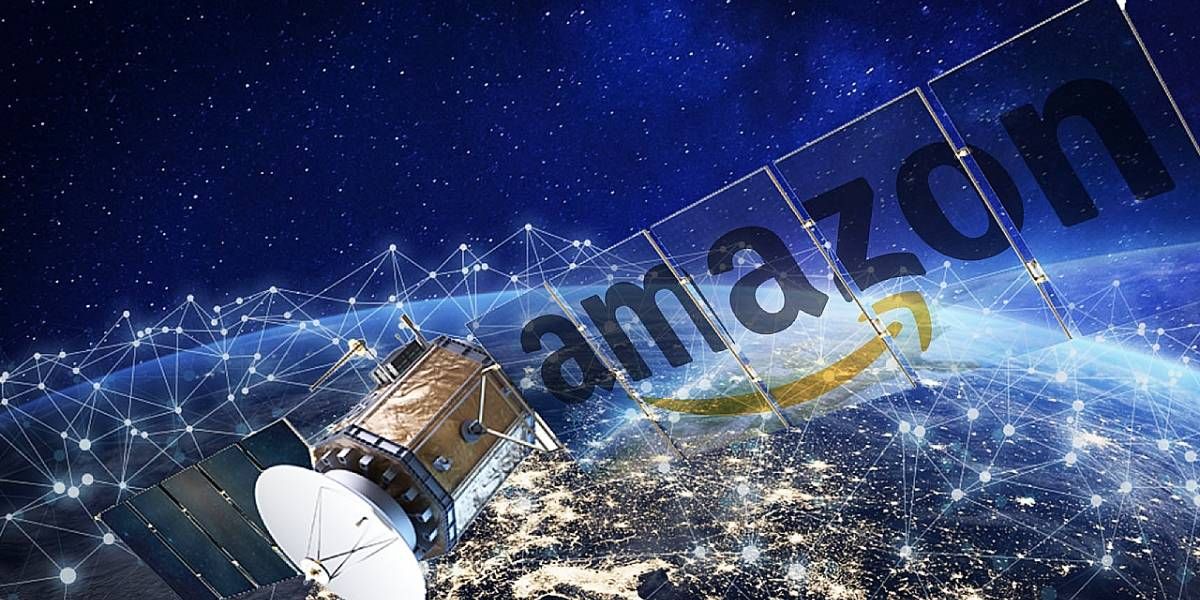Amazon announced it had secured 83 rockets to launch more than 3,000 satellites to compete against Starlink. The pitch for space-beamed high-speed internet is the same for Starlink as for Amazon’s Project Kuiper. Satellite internet is supposed to end the digital divide in the U.S. and worldwide, connecting remote areas at affordable prices. However, the reality is that technology today is not ready to be mainstream cheap and costs almost double standard services.
Rural, remote, disaster zones, and suburban areas are the main potential customers for space internet. Large internet providers rule the market with cheap internet access provided through fiber and cable ground networks in high-density population areas. But the infrastructure that large internet providers, like Comcast, AT&T and Verizon use to operate is too expensive to deploy over large unconnected regions. This leaves millions throughout the world with poor connection options.
Related: Geomagnetic Storm Brings Down 40 Starlink Satellites
Amazon announced it had contracted 83 launches from three commercial space companies to put into low Earth orbit 3,236 satellites. The number is in no way close to the 42,000 satellites the Federal Communications Commission approved Starlink to operate. Starlink is already servicing 250,000 users and growing fast. However, Amazon is the first big competition SpaceX will have. Amazon will launch its chain of satellites with rockets from Blue Origin, United Launch Alliance and Arianespace over five years.
Ending The Digital Divide With Cheap Space Internet

Amazon has repeatedly stressed that its service must be affordable to fulfill its mission. Just like Starlink, users will connect to the satellites passing overhead through a custom-made antenna terminal. The company wants to provide services not just to domestic users but to schools, hospitals, government agencies, and small and medium businesses. In total, Amazon is investing $10 billion in its internet space service and plans to add more satellites eventually. Amazon will also offer the service to wireless carriers that want to extend 5G and LTE services in new regions.
Amazon believes the key to making its service affordable is its compact, light, and cheap phased array antenna. Initial tests show it can deliver speeds of 400 Megabits per second Mbps. The speed is impressive considering that Starlink’s regular service that sells for $110 only offers about 150 Mbps. And while Starlink’s premium service delivers 500 Mbps, it costs $649 per month.
Amazon has not yet disclosed the price for its service, but low price options seem to be on the table. “If you want to make a difference for unserved and underserved communities, you need to deliver service at a price that makes sense for customers,” Rajeev Badyal, VP of Technology for Project Kuiper, said in an Amazon press release. Amazon still has a lot of catching up to do before they can rattle the space market and dent Starlink’s monopoly. However, when and if they get there, competition will benefit everyone. Space internet technology will get better, and prices will drop. In the long run, space internet will be how millions connect around the world.
Next: What Is Starlink Premium, And How Much Does It Cost?




